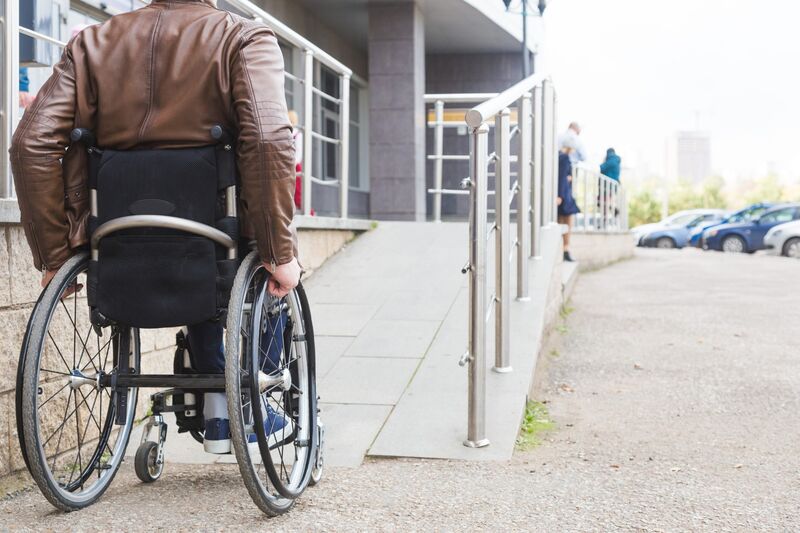
A common question that I get at the ADA Center about physical access is something to the effect of “Do I need to make my business facility compliant with the ADA?” Sometimes a business owner will recognize on their own that they don’t have a fully accessible facility. Other times, they are told they need to make an accessible portion of their building by a local authority. Sometimes there’s a renovation on the calendar and other times there is no planned alteration. Many times, business owners believe that their facility is so old that it’s “grandfathered” from being required to be accessible and no action is required, ever. When might a facility need to become accessible and when does it not? For the scope of this entry, we will only be considering businesses that are places of public accommodation, Title III of the ADA. There are 2 reasons why a building may need to become more accessible under Title III. Planned alteration and Readily Achievable Barrier Removal.
In planned alterations, incorporating access is generally limited to the scope of the work being performed. Meaning that whatever you alter, you do so accessibly. These alterations are to be performed to the maximum extent which is feasible. Not all existing facilities will be able to become 100% compliant due to structural limitations of a building, such as having load bearing walls that can’t be altered or not having the physical space to create larger accessible spaces.
As part of a planned alteration, where a primary function area of a building is being changed, an additional 20% of the cost of altering that primary function area is required to be spent updating the Path of Travel that leads to those areas. A primary function area is a space that is integral to the reason the facility exists. For example: at a bank the waiting areas, offices, and service counters are all primary function areas. Restrooms, maintenance closets, and break rooms are not primary function areas of a bank, so even if these areas were part of a renovation, the cost of altering these areas would not factor into the 20% figure. That 20% figure is to be spent updating the access to the altered areas which include site arrival points (ex: accessible parking), the accessible route to get into the building (ex: curb ramps, widening the door frame, auto door opener), restrooms (ex: adding grab bars, insulating the accessible sink’s pipe, adding a lowered mirror section), or any other amenities (ex: drinking fountains). This concept is known as Path of Travel and only applies to planned alterations not performed for the sake of creating greater access.
The second reason a building may be required to become more accessible is Readily Achievable Barrier Removal. A renovation or planned alteration is not required to trigger this obligation. This means that access barriers should be identified (as compared to the 2010 ADA Standards) and removed when it is readily achievable to do so, meaning without much difficulty or expense. The ADA will not require a
business to perform an action that would cause harm to the business. This is an on-going obligation that does not require a planned alteration to trigger physical access improvements.
“Readily Achievable” will mean different things to different businesses and at different times, depending on the financial strength of the business. A barrier that is too expensive to remove today may not be in 10 years. Ten years might also be enough time to budget to remove a specific barrier, or that’s the way a judge might view the situation if it is brought to court. Many barriers are also very inexpensive to remove, like locating accessible parking signage properly, adding grab bars to a toilet stall, removing objects from required clearances at doorways. Alterations made under Readily Achievable Barrier Removal will not trigger additional Path of Travel obligations.
No building or facility is “grandfathered” from carrying physical access obligations. Barriers to access are either readily achievable to remove or they aren’t, but they are all up for consideration. Pretty much the worst approach to dealing with barrier removal is to remain ignorant of the issue. More businesses have complaints filed against them or get sued because of ignorance of the law than a willful disregard for people with disabilities.
The ADA Centers are a great resource to help understand how these laws may apply to any situation. Please use us!